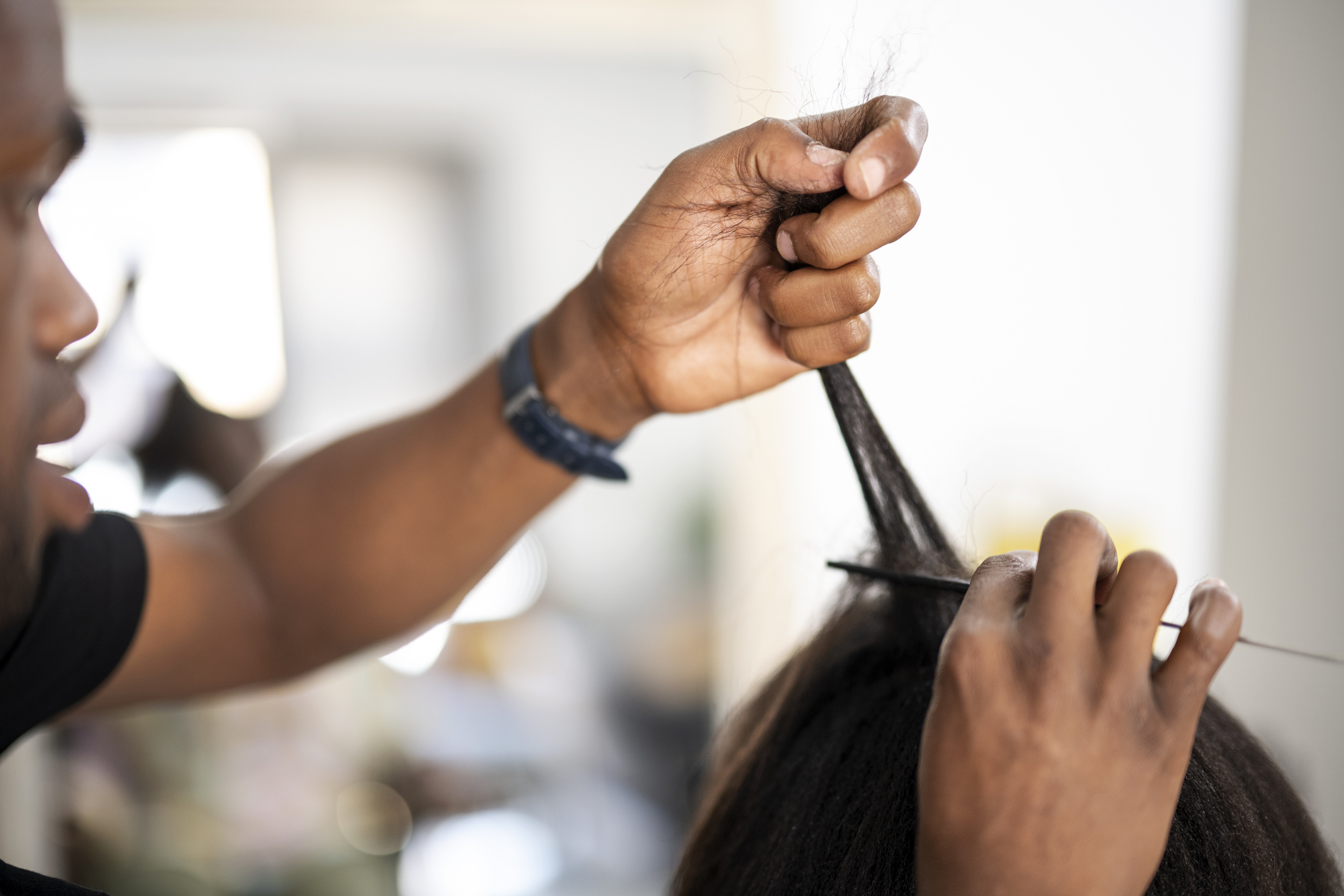Strawberry-glazed cheeks, latte makeup, mob-wife aesthetics — if those terms are nothing more than word salad to you, then we frequent very different sides of the internet. But if these words don’t just sound like odd ad-libs, then you are probably familiar with the often fleeting in-nature side of digital beauty trends.
These viral micro-moments take up an excessive amount of space in my brain as I and many others seemed trapped in a never-ending cycle of deciphering what constitutes a fleeting trend and what will stand the test of time.
Well, it seems we may have found the latter in a rakishly cool Japanese haircut that appears to be on its way to a major coiffure takeover. The hime cut, which roughly translates to princess cut, is categorized by a fringe bang paired with another distinct cut at or around the jawbone, temple, or a combination of all of the above, contrasting the remaining, longer portion of hair.
The style is believed to date back to the Heian period, 794–1185 CE, and hit mainstream prominence via Japanese and Korean starlets or “idols” beginning in the ‘70s. Bearing the aesthetics of a more reformed mullet, the purposely rakish cut scaled the scores of beauty prominence, going from a niche sub-genre standout to an increasingly popular style in the West.
Most recently, this look has gained traction within the Black celebrity circuit, specifically among Black women. Rye Lane star Vivian Oparah rocked a side-part variation of the cut at the BAFTA Awards. Ayo Edeibri and Congolese-Belgian singer and rapper Lous and the Yakuza (Marie Pierra Kakoma) also rocked the asymmetrical cut, and social media has been more than pleased with the looks.
This favor is especially understandable when you consider the rapid manner in which unconventional beauty motifs have popped off in Black spaces. This subversive styling ties in perfectly with the larger shift we’ve seen in Black artists who are exploring more alternative styles that challenge preset notions of Black beauty standards.
The hime cut, in particular, shows a culturally fascinating intersection of heritage and style that further bolsters some of the expansive aesthetic strides we’ve seen over the past few years.
From JT’s artistically lined lips to the ever-editorialized makeup stylings of rapper-singer Doechii, this cut is just another in a long series of stylings that suggest we are on the brink of a major break in the mold of existing aesthetics, an exciting prospect in an era largely stifled by remakes and references.

